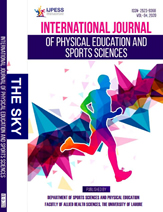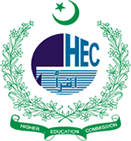A Model Football Academy for residents of Lyari Town, Karachi, Sindh, Pakistan
DOI:
https://doi.org/10.51846/the-sky.v4i1.813Keywords:
physical examination, psychological examination, sport-centered curriculum, talent hunting,, vitamin-D deficiencyAbstract
This paper reviews and analyzes factors contributing to the rise and the fall of football game in Lyari Town. This town has the passion and the talent for football, which should be groomed to produce international players. A model football academy on the pattern of Grêmio (Brazil), Altınordu (Turkey), La Masia (Spain) and INF Clairefontaine (France) is proposed with football- oriented curriculum and international-level-football-training facilities on a green campus. The players are to be inducted at the age of 5 years after rigorous psychological and physical examinations as well as fitness testing. They study and play football here till they pass their Higher Secondary Certificate Examination. Measures are suggested for safety and security at campus as well as use and abuse of controlled substances. A survey was conducted to obtain opinions of footballers, coaches and general public in order to determine causes of decline of football in Lyari. The questionnaire was divided into 3 parts — lack of physical resources, noises influencing football game and shortage of human resources. The responses were indicative of the community‟s strong feeling that Lyarites can become international- standard footballers, if they are given the infrastructure and the facilities combined with motivation to achieve distinction. The proposed football academy should be the first step to change mindset of Lyarities from indulging in drugs and crime to healthy sport activities.
Downloads
Published
How to Cite
Issue
Section
License
Copyright (c) 2020 Prof. Dr. Syed Arif Kamal, Shahid Ali Khan, Prof. Dr. Soniha Aslam

This work is licensed under a Creative Commons Attribution-ShareAlike 4.0 International License.
Authors retain copyright of their work and grant THE SKY-International Journal of Physical Education and Sports Sciences the right to publish it under a Creative Commons Attribution-ShareAlike 4.0 International License (CC BY-SA 4.0). This license permits sharing, adaptation, and redistribution of the work, provided proper attribution is given to the authors.
Authors may distribute the journal’s published version (e.g., in repositories, books, or other platforms) non-exclusively, with acknowledgment of its original publication here.
Authors are encouraged to share their work publicly (e.g., on personal websites or institutional repositories) to foster scholarly exchange.








